Few people realize that the iconic dishes representing a country’s cuisine often originate from a different country or even continent.
The True Origins of 6 Famous Dishes Worldwide
We all have a favorite dish, but we don’t always think about where that dish truly comes from. Of course, for famous foods that symbolize countries like Pho from Vietnam, Pizza from Italy, or Tteokbokki from South Korea, everyone knows their origins.
However, there are also dishes considered characteristic of a country that do not actually originate where you might think.
To clarify the true origins of these famous dishes, CDA Appliances has delved into several popular foods loved worldwide. This exploration provides accurate answers about where these delightful dishes were born.
1. Donut
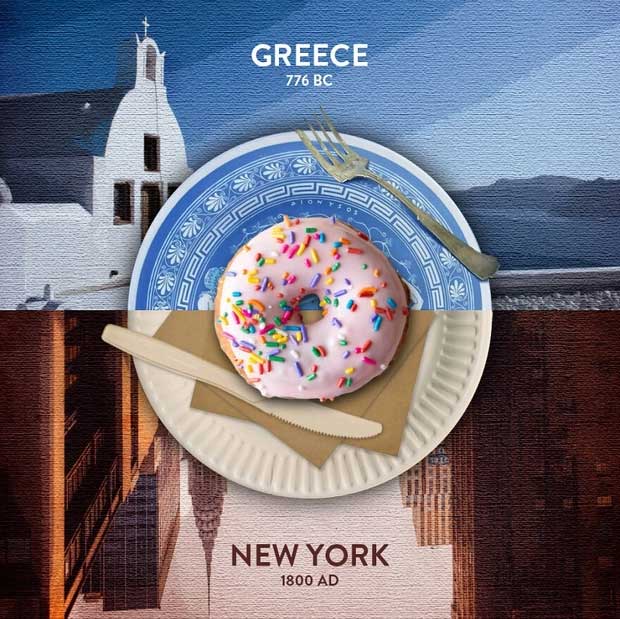
Greece is where the donut first appeared.
While it is thought to be a famous pastry originating from the United States, Greece is actually where this renowned treat first emerged.
This misconception arises because major American brands like Dunkin’ Donuts and Krispy Kreme have built their global reputation solely by selling this amazing dessert.
However, Greece is the true heart of the donut. Loukoumades, as they are known, are essentially small donuts covered in honey and walnuts. They are also considered one of the oldest desserts, having been present since the first Olympic Games in 776 BC, where they were awarded to victors in competitions.
2. Gelato
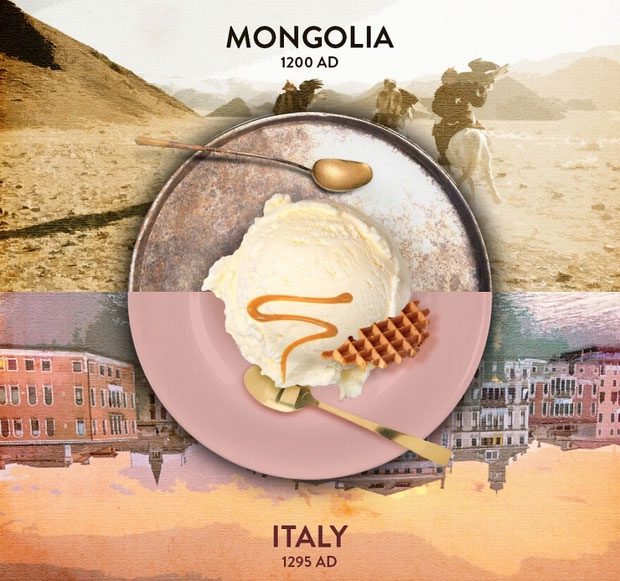
Gelato actually originated in the cold climate of Mongolia.
Italian cuisine is incredibly diverse and famous, with quality gelato being a highlight. However, this is not where these sweet treats originated. Gelato actually comes from Mongolia, a region with a relatively cold climate.
It is believed that Mongolian horsemen would carry milk from water buffalo or yak in containers while crossing the Gobi Desert. When exposed to cold air, the milk would freeze. Thus, during the expansion of the Mongol Empire in the 1200s, this new frozen milk became popular, and it is said that Marco Polo brought this idea back to Italy in the late 13th century.
3. Croissant

The Kipferl is considered the “ancestor” of the croissant, created in Austria.
When we think of a croissant dipped in coffee, we often picture France. However, this delicious breakfast pastry actually originated in Vienna, Austria.
The Kipferl is regarded as the “ancestor” of the croissant, and many historians believe this crescent-shaped pastry originated from the bakeries of monasteries, baked as part of a pagan tradition to celebrate Easter in Austria.
4. Churros
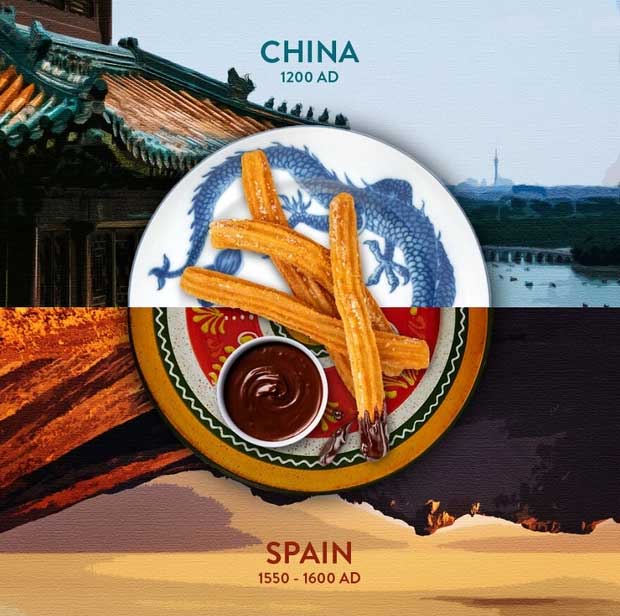
This dish actually has its origins in the Chinese breakfast food youtiao.
When it comes to desserts in Spain, churros are certainly a must-try. However, few know that this pastry actually originated from the Chinese breakfast favorite – youtiao.
Youtiao is considered a beloved breakfast snack in China, and it is slightly salty rather than sweet. These crispy fried dough strips were brought to Spain through Portugal in the 17th century, where the star-shaped nozzle was used to shape the dough into the familiar churros we know today.
5. Pasta
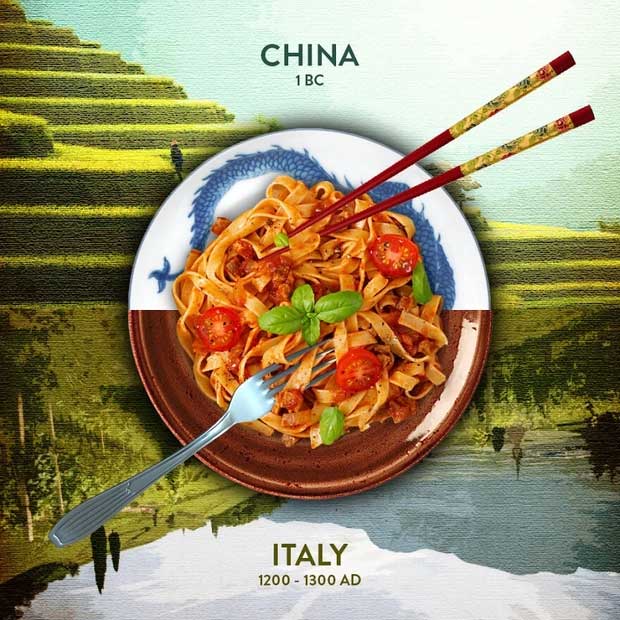
European travelers discovered this pasta through Arab traders who had traveled through China.
Pasta, commonly known as spaghetti, is a dish that has become synonymous with Italy alongside pizza and gelato. Around the 13th century, European travelers discovered egg noodles after encountering Arab nomads who had traveled through China.
Once introduced to Europe, hard wheat was used to improve the noodles, making pasta affordable, versatile, and long-lasting thanks to drying technology. Due to its wonderful flavor when paired with local Mediterranean ingredients, this dish has since become a staple of the boot-shaped country.
6. Fish and Chips
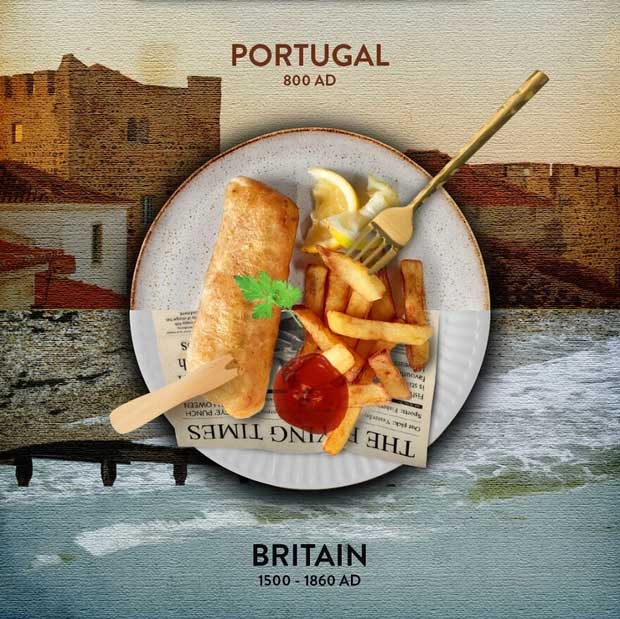
This dish was actually brought to England by Sephardic Jews from Portugal in the 1400s.
When mentioning England, alongside the legendary Eggs Benedict or the famous Beef Wellington, one cannot forget Fish and Chips, a dish consisting of battered fried fish and chips that rose to popularity in the 1800s.
Despite its fame, the truth is that this dish actually originated in Portugal. It is believed that Sephardic Jews in Portugal brought a centuries-old dish called “peshkado frito” to England in the 1400s while fleeing persecution. Since then, it has become a signature dish of England, especially in coastal towns.


















































